Finding an ideal generator for your commercial facility can be a difficult set of obstacles to navigate. A great many questions come to mind depending on the location, what type of weather you encounter during a typical year, and ‘what size of generator do I need to be compatible with the size of my facility?’
As electricity can feel like something so commonplace to our world, it can be hard to imagine our daily routine without it—much harder still, with its extreme prevalence in our society, to envision all the generations of human history that existed without it. However, all it really takes is a blown transformer or a power-surge that resets our oven and microwave clocks to let us know how fickle the entire system can be—and encourage us to prepare for any situation.
With that in mind, no matter what location it’s important to assess your facility and, further, your town’s declining or modernizing infrastructure to realize your own generator needs. That said, with so many generators available, and so many questions surrounding which one is right—how do you choose?
Table of Contents
Which Generator is Best for Your Commercial Facility?
Generators for commercial facilities come in all shapes and sizes. They vary in power output and preparation for use as determined by how frequent power outages are. There are some designed to power nearly the entire facility, and some only for a few extension cords or generator cords needed to keep things going and avoid food in the fridge spoiling. That said, it’s important to decide on your generator based on a couple, specific stipulations—what type of facility it is – , and what is the reliability of power in your area?
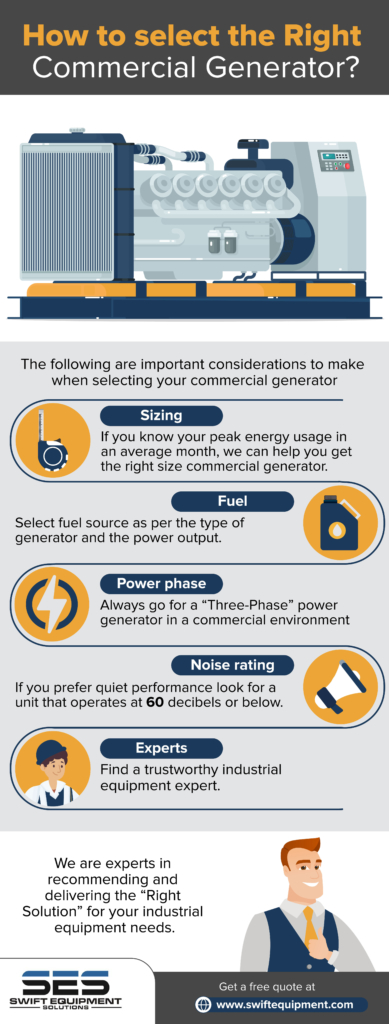
How Reliable is Your Power?
The first question to ask yourself when deciding on a generator is how reliable your power is for your facility. If you are in a place that uses reliable underground power cables rather than power lines along the side of the road—and if your area isn’t frequently affected by inclement weather such as hurricanes and blizzards—you probably will not need much more than a portable generator.
On the other hand, if all of those situations fall roughly the opposite for you—hurricanes and blizzards are commonplace and your power frequently goes out—you might require something a little more advanced: a standby generator.
Portable Generators
If your facility only suffers from a few power outages per year, a portable generator is likely to be the right choice for you. However, even they vary by size, use, wattage, and purpose. While all portable generators require manual interaction to operate, the methods of that interaction vary. Some can be hooked up through individual cords while others are hooked directly to the facility through a manual transfer switch. Whether your facility comes pre-included with a manual transfer switch or needs to have one installed is different—but if installation is needed, you will require professional electrical assistance.
Furthermore, portable generators run on different fuel sources—whether gasoline, diesel, propane, or some mix of those with the addition of solar powered add-ons—there are a variety of options and most vary by wattage as well. However, before breaking into those separations it’s important to note that generators running on fuel can make them harmful to be around.
(Source: Wikipedia)
Therefore, it’s important that wherever your portable generator is placed—it’s far enough from your facility to not emit harmful carbon-monoxide exhaust to your living area, and also placed safely from any area that could cause a fire.
Which Wattage is Right for My Facility?
As generators vary in size, so does their electrical output. As expected, smaller generators often cannot power as many appliances as larger generators. However, the more appliances connected, no matter how large the generator will also affect the ultimate run-time of the device.
You need to do the math based on the below formula:
Full load kW = Total amps x supply voltage / 1,000
Reserve capacity = Full load kW x 0.25
For 100 percent power, generator size = Full load kW + reserve capacity
Low Wattage
Usually offer around 3,000 watts of electricity and are a great help in a pinch. However, they should not be used for larger appliances like tumble-dryers. Not meant to last longer than a few hours.
Medium Wattage
Usually offer around 6,000-8,000 watts of electricity and also usually hold more fuel than the lower wattage options. While they are more difficult to lug around than the smaller generators, they still can be portable and not locked in—allowing for some more than essentials. (even great for camping)
High Wattage
Usually offer around 8,000-12,000 watts of electricity and are able to give power to many rooms in a facility—assuming you have the manual-transfer switch installed. That being said, they can give power to most all appliances in the facility but likely still shouldn’t be used on air conditionings without guidance.
Very-High Wattage
Usually offer 14,000 or more watts of electricity and are clearly less of a portable option (though are still considered as such). These generators are difficult to move, often stay installed in a directed place and can be hard-wired as a default back-up when certain systems lose power.
Standby Generators
If your facility is in an area with extremely frequent power outages, then you have likely already heard about installing, or have been offered a standby generator solution. As they are common in areas affected by hurricanes and other extreme forms of inclement weather, standby generators often automatically activate upon a facility’s loss of power—and can sometimes power the entire facility for a time. That being said, there are a few things to consider with a standby generator compared to a portable generator:
Longer Use
While a portable generator is meant to be used for a few hours or days at the most, a standby generator has longevity in mind. With the ability to run for weeks powering a facility—they are designed to function long after the power has gone out in the aftermath of some devastating event.
Permanent Installation
As the portable generators are meant to do as the name implies, standby generators are meant to be installed permanently by a licensed electrician. Additionally, they are still powered by similar fuel sources to the portable—i.e. propane, gasoline, diesel, solar or some combination of those offerings.
Automatic Transfer of Power
As portable generators need manual action to activate them—either by cranking it like a lawnmower or flipping it on—standby generators often have the ability to turn on immediately when it realizes power has gone out in a specific area of the area. Additionally, if there is total power failure, it has the ability to take over power of the entire circuit breaker without user interaction. This is used often as a safety measure—especially if the power goes out at night.
How Much Power Does a Standby Generator Have?
Some of the larger end of portable generators can offer somewhere in the range of 15 kilowatts, but some standby generators can offer up to 140 kilowatts. Additionally, they are designed to offer cleaner power to a facility as they come concerned with THD output. Not to mention, a Standby generator is likely the only thing you could find strong enough to power your air conditioning system—as a portable generator (even the best of them) would have a difficult time doing so.
What Sized Generator is Right for My Facility?
Just as there are a plethora of generator variants, whether portable or standby, there are also a number of sizes that have to be taken into account when compared to the size of your facility. That being said, no matter what size your facility—the most important factors to take into consideration are the frequency of power outages and the intended use of the generator.
For example, if it’s a mobile facility then you likely won’t need a monstrous generator to emit power but you will need a reliable one. That being said, whether portable or standby, it’s important to understand any restrictions about generators ahead of time—whether noise limits while in the vicinity to others or location permits.
Conclusion
No matter what is your location or what kind of power-outage situation you encounter, there is a generator that’s right for you. However, if you need further assistance in this regard, call Swift Equipment Solutions at +1-713-903-7775 for more insight, services, and expert advice today.
FAQs
- What if my facility does not include a manual transfer switch?
Manual transfer switches can be installed by many electricians and no matter what facility, are usually an option for your future generator.
- How do I get the most use out of my portable generator?
The best way to fully realize your portable generator’s potential is with the use of a generator core—a multi-faced outlet to plug in multiple appliances at once.
- How reliable are portable generators?
Depending on your needs portable generators can be one of the most useful tools in your commercial facility during some difficult situations. That being said, quality generators help ensure longevity of use and wattage use for most of your appliance needs.
- How many kW generator do I need to run a facility?
The kilowatts your generator needs to offer will still be dependent on the size of your facility—that being said the average U.S. runs on about 4000 KW. If you want many of the major appliances to have power you might want a larger generator offering more kilowatts (or upwards of 14,000 watts)

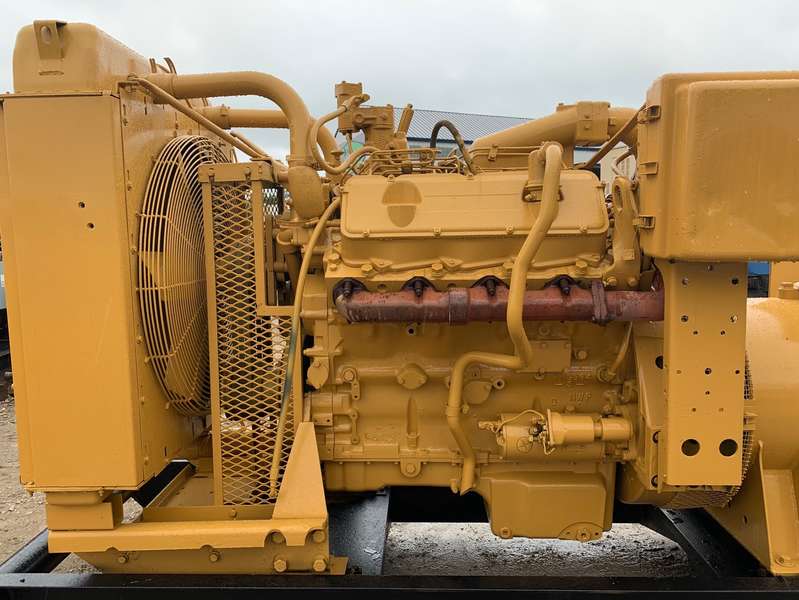
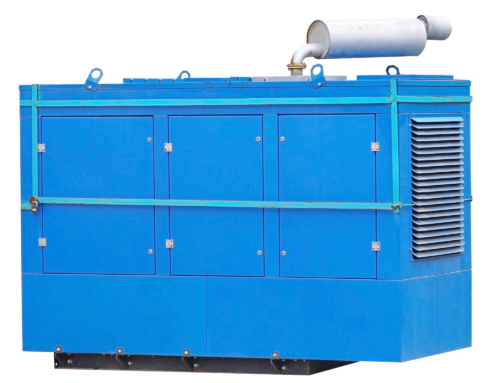
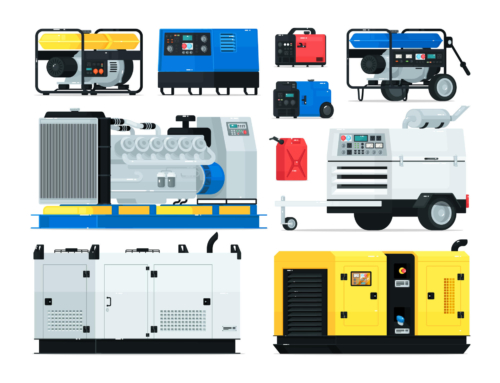
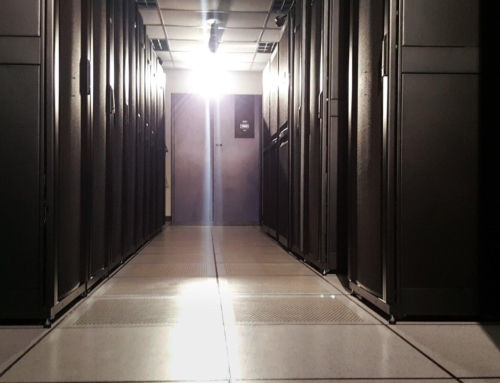
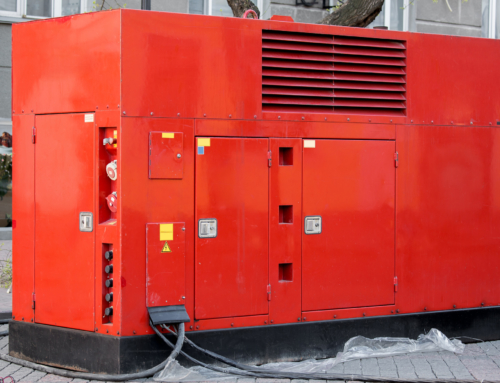
Leave A Comment